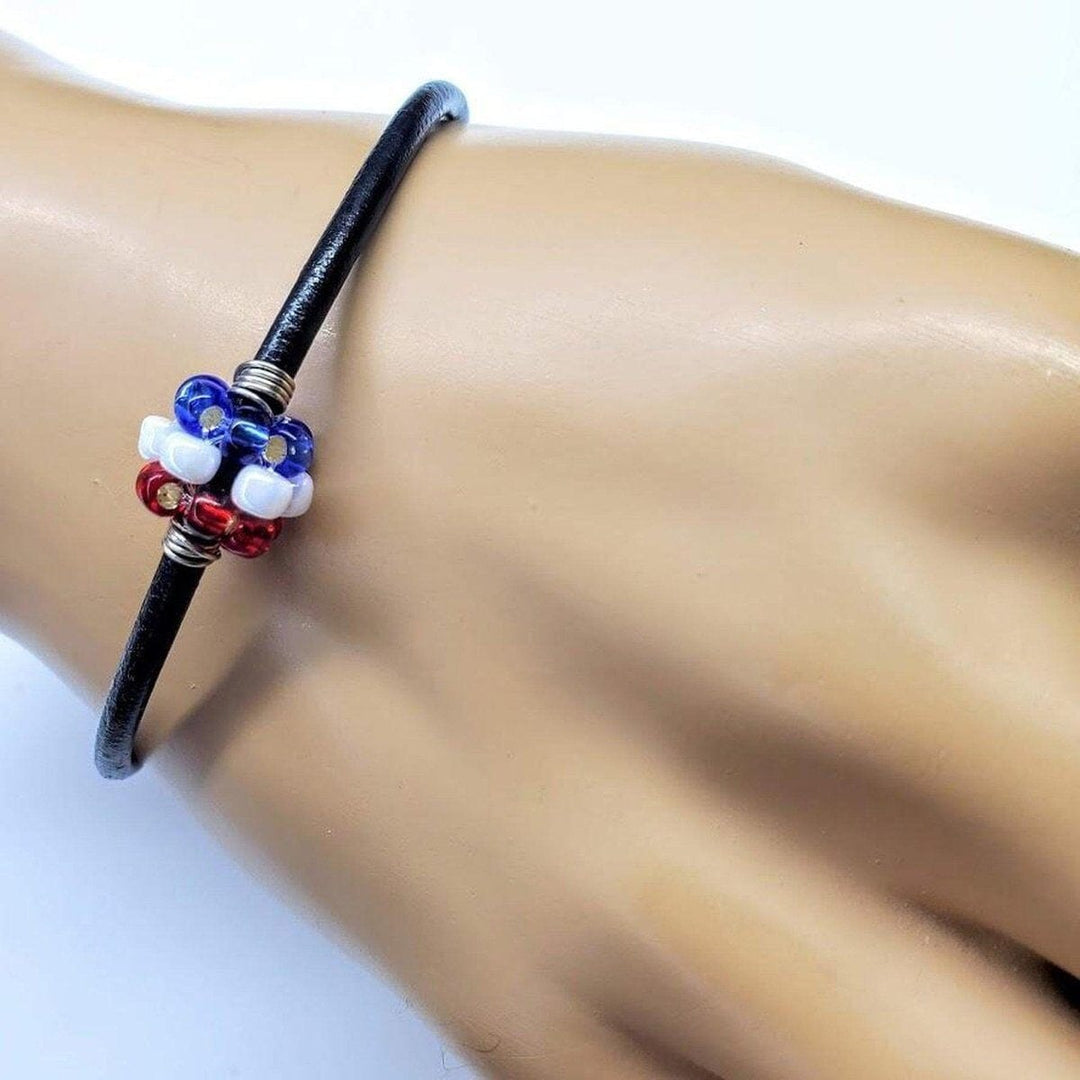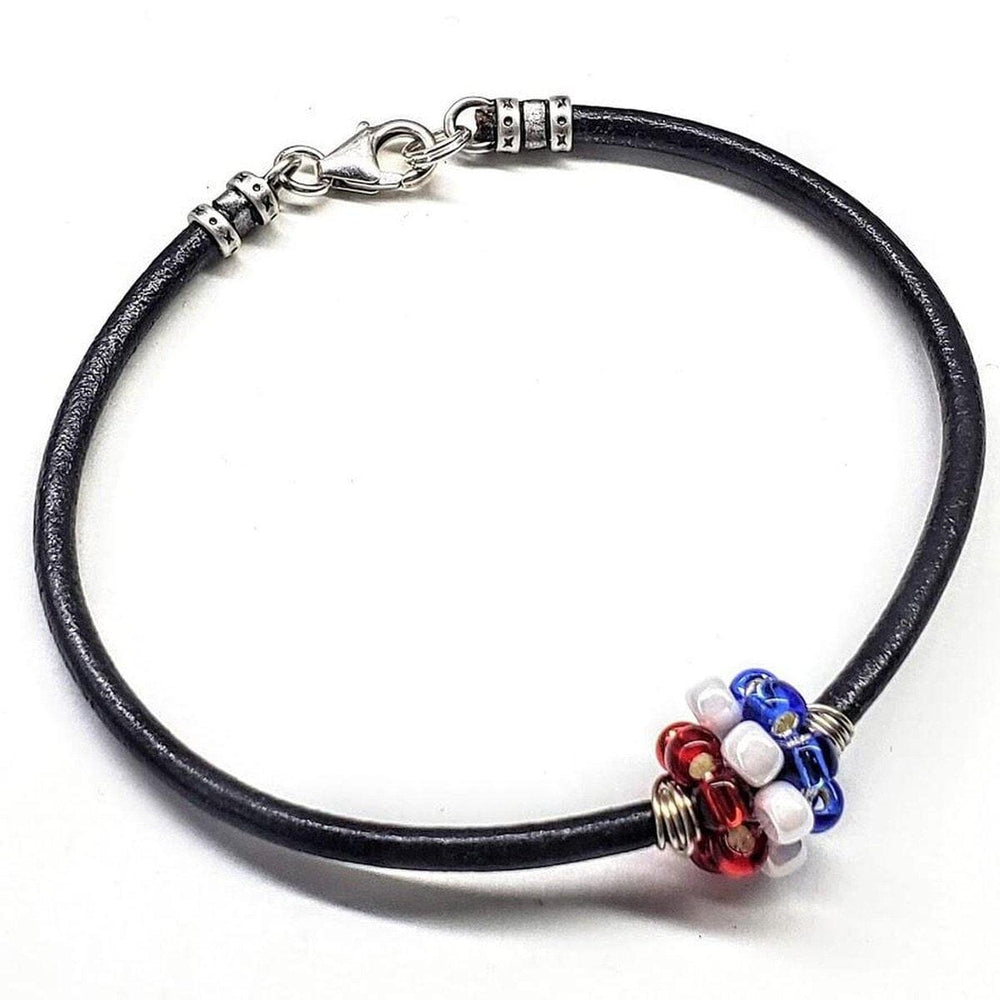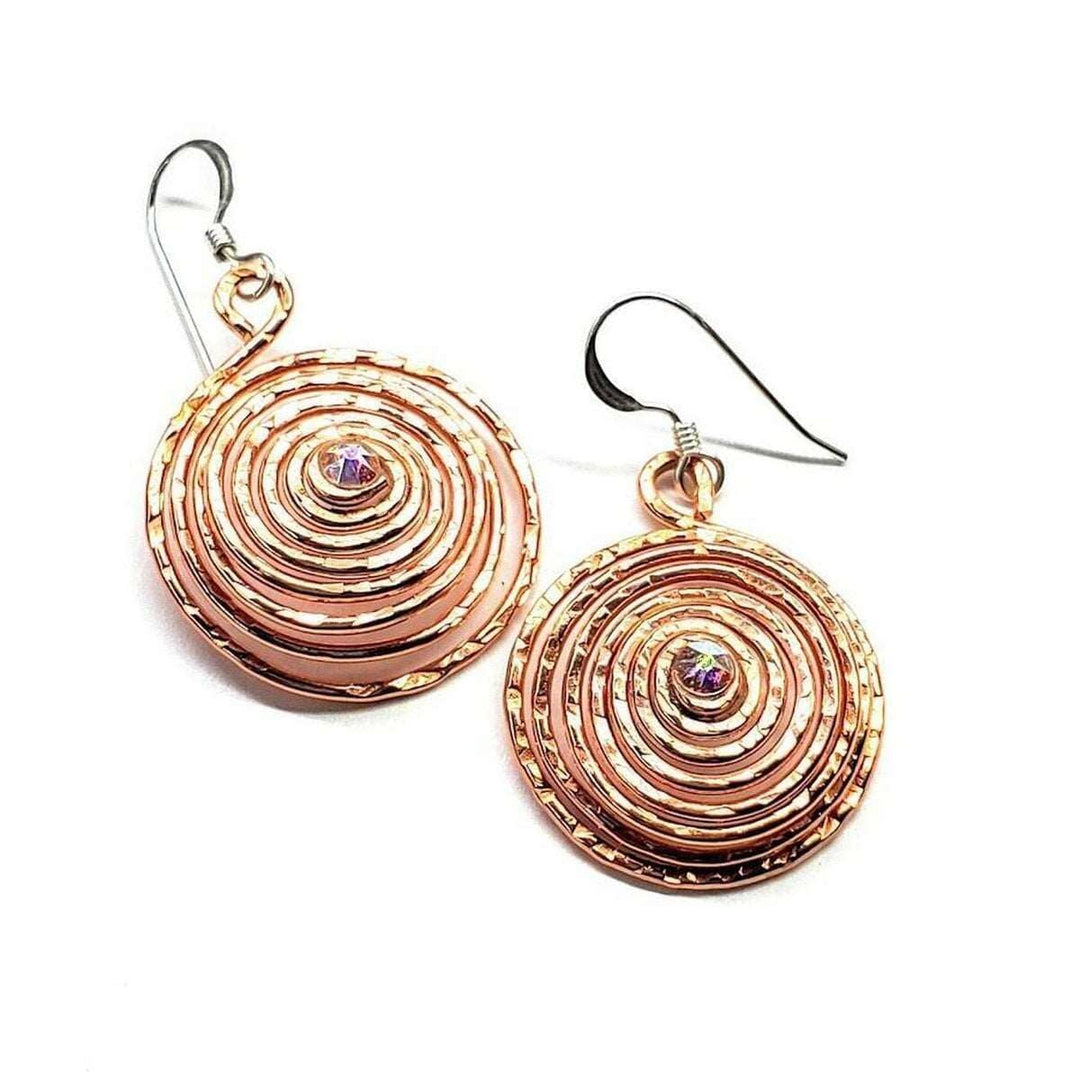Cancer Awareness Symbols: What You Need to Know
Cancer awareness symbols, particularly ribbons, serve as powerful emblems of support and hope for millions across the globe. These symbols help us visualize our collective fight against the various forms of cancer, fostering a sense of unity and purpose for those impacted—patients, survivors, families, and advocates alike. Within this article, we will unravel the significance of these ribbons, their historical context, and their far-reaching implications on awareness and fundraising efforts.
Table of Content:
- Introduction to Cancer Awareness Symbols
- Historical Context of Awareness Ribbons
- Significance of Ribbon Colors
- Impact on Fundraising and Research
- Cultural and Social Implications
- Leveraging Technology for Awareness
- Personal Stories and Real-life Impact
- Future Perspectives and Global View
- Conclusion and Call to Action
Introduction to Cancer Awareness Symbols
Cancer awareness ribbons are more than just decorative pieces; they are potent symbols that convey support, solidarity, and a commitment to fight against cancer. The core relationship within this semantic network involves these ribbons and the various types of cancers they represent. Pink for breast cancer, purple for pancreatic, yellow for generic cancer support, and red for AIDS, these ribbons have become synonymous with hope, awareness, and action.
Breast Cancer, in particular, has been at the forefront of awareness campaigns, thanks to the Susan G. Komen Foundation and other prominent organizations. The awareness efforts extend to events such as Breast Cancer Awareness Month and Pancreatic Cancer Awareness Month, drawing community attention and encouraging fundraising for research.
As we navigate through the breadth of this topic, you'll gain insight into the roots of these symbols, their current relevance, and how they have changed the landscape of cancer awareness globally.
Historical Context of Awareness Ribbons
The Origin of the Ribbon Movement
The history of awareness ribbons dates back centuries; however, their current association with cancer awareness emerged in the late 20th century. The quest for increased visibility and support for cancer patients has seen ribbons evolve into symbols of collective action.
In 1991, the pink ribbon became a basic emblem for breast cancer awareness, thanks to the efforts of Self Magazine and the Susan G. Komen Foundation "The Pink Ribbon Story". Alexandra Penney's vision aligned with Estée Lauder, leading to the mass distribution of pink ribbons, which have since become iconic in cancer fundraising and advocacy campaigns.
Significance of Ribbon Colors
Each cancer type has its designated ribbon color—pink for breast cancer, purple for pancreatic cancer, yellow for support of hostages, and red representing AIDS awareness. These colors do more than just signify a cause; they encapsulate stories of courage and communities rallying for change.
According to the Roseburg Cancer Care's Color Guide, awareness ribbons offer a structured, recognizable way for individuals and organizations to align themselves with the fight against cancer. These ribbons' visual impact is undeniable, acting as both a call to action and a badge of shared resilience.
Impact on Fundraising and Research
Awareness ribbons have significantly contributed to cancer research and fundraising efforts. By symbolizing a united cause, they create pathways for organizations to mobilize public support and financial backing.
The Susan G. Komen Foundation's distribution of pink ribbons in the early 90s marked a pivotal moment in breast cancer advocacy "Understanding Breast Cancer Ribbons". Their efforts have raised millions for the cause and spurred similar fundraising initiatives worldwide, further proving the power of awareness symbols in driving change.
Cultural and Social Implications
The Cultural Significance of Ribbon Colors
Beyond fundraising, ribbons hold deep cultural meanings. They symbolize stories of survival and struggle, and serve as metaphors for the diverse experiences of cancer journeys. In various cultures, color interpretations may differ, yet the essence of hope and remembrance remains universal.
Breast Cancer Action critiques the commercialization of the pink ribbon, urging a focus on genuine awareness and prevention strategies beyond product sales. However, the ribbons' ability to start conversations and encourage communal involvement cannot be understated.
Leveraging Technology for Awareness
In today's digital age, technology plays a crucial role in spreading awareness about cancer and its associated symbols. Social media platforms are powerful tools for advocacy, broadening outreach potential and enabling real-time engagement with wider audiences.
Innovative initiatives, like hashtag campaigns and virtual fundraising events, amplify the visibility of cancer ribbons and their causes. By embracing these digital avenues, organizations can keep the importance of cancer awareness at the forefront of public consciousness.
Personal Stories and Real-life Impact
Personal Narratives: Stories of Hope
Personal stories breathe life into statistics, providing firsthand insights into the profound impacts of cancer ribbons. They illustrate resilience in the face of adversity and the unyielding spirit of those affected by cancer.
For instance, survivor testimonials underscore how awareness symbols have helped in rallying community support and facilitating access to resources. Sharing these narratives strengthens community bonds and reinforces the idea that no one fights alone.
Future Perspectives and Global View
Awareness ribbons' enduring relevance is poised for continued evolution. As global attention towards cancer awareness heightens, these symbols are integral to sustaining dialogue and fostering collaboration across borders.
A broader, international perspective considers diverse cultural interpretations and emerging trends in cancer advocacy. This global view promotes a more inclusive approach to cancer awareness, uniting efforts beyond geographical and cultural limitations.
Conclusion
Cancer awareness symbols, through their historical origins and vibrant presence in advocacy, have indelibly marked the fight against cancer. From colorful ribbons that decorate our clothes to grand events that unite communities, these symbols are vital expressions of hope, remembrance, and steadfast commitment to finding a cure.
In acknowledging their cultural significance and potential for fundraising, let us continue to champion these symbols for what they represent—a beacon of solidarity and a call to action. By integrating approaches that honor personal stories while leveraging technological advancements, we pave the way for impactful awareness campaigns that resonate with generations to come.
Let these symbols serve as a reminder of our shared endeavor to confront cancer head-on. Engage, educate, and empower those around you by embracing these universal emblems of hope and resilience.















Leave a comment